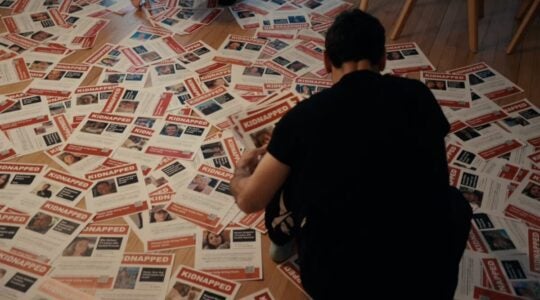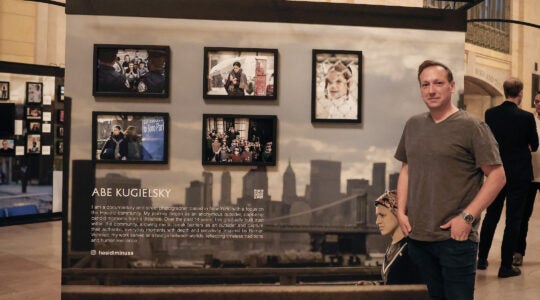In June 1967, toward the end of the Six-Day War, the IDF took control of East Jerusalem, including the Temple Mount, home to the iconic gold-domed Al Aksa Mosque. Revered by all three monotheistic religions, the site has been a particular object of veneration by, and contention between, Jews and Muslims.
After the war, thousand of Jews went to the Western Wall for the first time in years, but the Israeli government decided that though the Temple Mount remains under its jurisdiction, control of the site belongs to the Waqf, an Islamic trust.
Consequently, Jews are allowed to visit the Temple Mount but cannot pray there. Since 1967, there have been numerous instances of of rioting, violence and protests on the mount. In 1969, Michael Rohen, an Australian national and part of a Christian fundamentalist sect, set fire to the Al Aksa Mosque, destroying over half the building. In 1982, American-born Israeli Harry Goodman opened fire there, killing two and wounding 4; several protests and riots broke out in response.
This cycle of violence and reprisal would continue for over 30 years. One of the deadliest incidents since the Israeli takeover came in 1990, when a canister of tear gas went off and a riot ensued, leading to the deaths of 20 Arabs and the injury of over 140 people, including Jews praying at the Western Wall. Israel accepted responsibility for the incident, but did not charge anyone.
Since the recapturing of Jerusalem in 1967, some Jews — including a group calling themselves the Temple Mount Faithful — have insisted on their right to pray at the Temple Mount, but the Israeli Supreme Court has held that Jews cannot do so. Famously, in September 2000, Ariel Sharon, then the leader of the Likud opposition, visited the Temple Mount. His visit was seen by many as the precipitating factor behind the outbreak of the Second Intifada, though Israel has maintained that the Palestinian leadership both planned and encouraged the violence that followed.
JTA has documented Jewish history in real-time for over a century. Keep our journalism strong by joining us in supporting independent, award-winning reporting.





